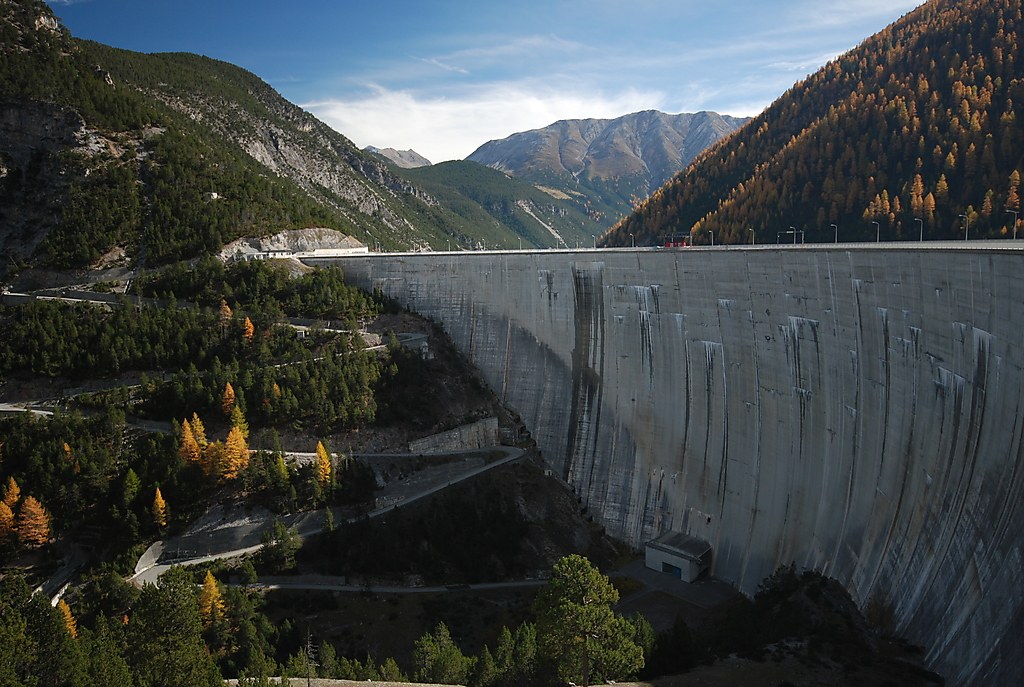New Alpine reservoirs to combat water shortages
Frequent droughts, thirsty agriculture: Italy is discussing the construction of additional reservoirs to supply drinking water and energy. More ecologically sound solutions are in danger of falling by the wayside.
Italy wants to invest 3.67 billion euros in order to better cope with droughts: the plan includes a total of 127 urgent measures, many of which involve the construction of new reservoirs. Similar projects are already being planned in many areas of the Alpine region, such as the Viù Valley in Piedmont, where plans from the 1980s are back on the agenda. They include the construction of a 50-million cubic metre reservoir to supply drinking water to the city of Turin. This would cost around 420 million euros and require years of construction work. A new reservoir with a capacity of up to 35 million cubic metres is to be built in the Soana Valley for irrigation, drinking water and hydropower purposes: those in favour also argue that an artificial reservoir would have advantages for tourism and the landscape. Agriculture in the Venetian plain is also thirsty: for this reason, the Veneto region is planning to build an artificial reservoir on the Vanoi and Cismon rivers, which would also affect part of Trentino. However, the area is not without hydrogeological problems, as moraine and rock material could cause the basin to overflow and jeopardise villages downstream. For precisely these reasons, local residents are strongly opposed to the project. Examples like this illustrate the potential for conflict between the lowlands and mountain regions.
Favouring near-natural solutions
The possibility of storing water in times of abundance in appropriately sized reservoirs that can be used in times of crisis could actually help to cope with the increasingly frequent periods of drought. “However, we should not limit ourselves to structural interventions. There are also natural solutions that are cheaper and more efficient. The best place to store water is in the water table”, says Vanda Bonardo, President of CIPRA Italy. In order for rainwater to flow into the groundwater table, measures that restore the natural storage and filter function of soils, such as the desealing of surfaces, must be promoted.
Further information and sources:
www.ilsole24ore.com/art/siccita-ecco-mappa-opere-urgenti-sono-127-e-valgono-367-miliardi-AF8ao1LD (it), www.ladige.it/territori/valsugana-primiero/2024/03/09/diga-sul-torrente-vanoi-la-nostra-battaglia-il-comitato-contrario-all-opera-1.3723724 (it), www.ildolomiti.it/politica/2023/diga-del-vanoi-il-bellunese-dice-no-la-soluzione-alla-siccita-non-e-un-grande-invaso-in-una-zona-a-rischio-il-territorio-ha-gia-dato-tanto-in-termini-di-bacini-artificiali (it), www.cirf.org/emergenza-siccita-il-governo-inverta-la-rotta/ (it), www.lastampa.it/torino/2024/03/05/news/dighe_per_raccogliere_pioggia_val_viu_val_soana_combanera-14120494/ (it)


